In the ever-evolving landscape of agriculture and residential property management, the implementation of electric fencing stands out as a significant innovation.
This technology, once primarily associated with large-scale farming, has now found its way into residential applications, offering a unique blend of security, efficiency, and versatility.
In this article, we explore the multifaceted benefits and applications of electric fencing, both in the tranquillity of suburban homes and the expansive fields of agriculture.
From a farmer’s perspective, electric fencing is not just a tool; it’s a revolution in land and livestock management.
It represents a shift towards more sustainable, efficient, and humane farming practices. This piece delves into the practical advantages of electric fences in residential and agricultural settings, backed by insights from a farmer’s point of view.
We’ll uncover how this technology is reshaping boundaries, enhancing security, and contributing to the smarter management of resources in diverse environments.
Residential Applications
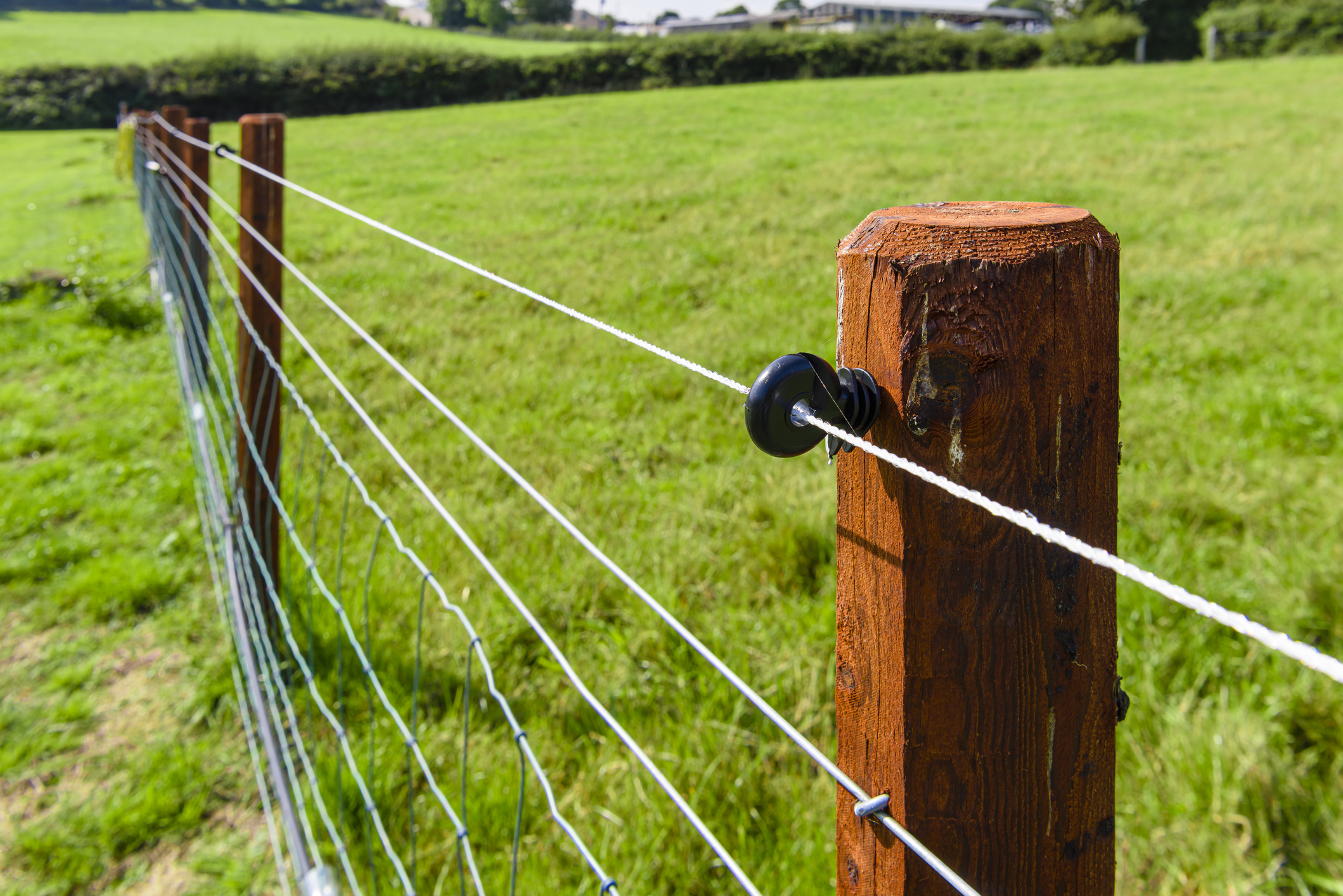
1. Enhanced Security: Electric fences for residential properties primarily serve as a deterrent against intruders. The psychological barrier created by an electric fence, coupled with the physical discomfort it can cause, significantly reduces the likelihood of trespassing.
2. Aesthetic Flexibility: Modern electric fences can be designed to complement the aesthetic of a home without being obtrusive. They can be integrated seamlessly with existing fencing solutions, maintaining the property’s visual appeal while enhancing security.
3. Cost-Effectiveness: Compared to traditional fencing, electric fences are generally more cost-effective to install and maintain. Their simplicity in design and the minimal number of materials required contribute to their affordability.
4. Ease of Installation and Maintenance: Electric fences require less labour to install and maintain compared to conventional fences. This aspect is particularly beneficial for homeowners who prefer DIY solutions.
Agricultural Applications
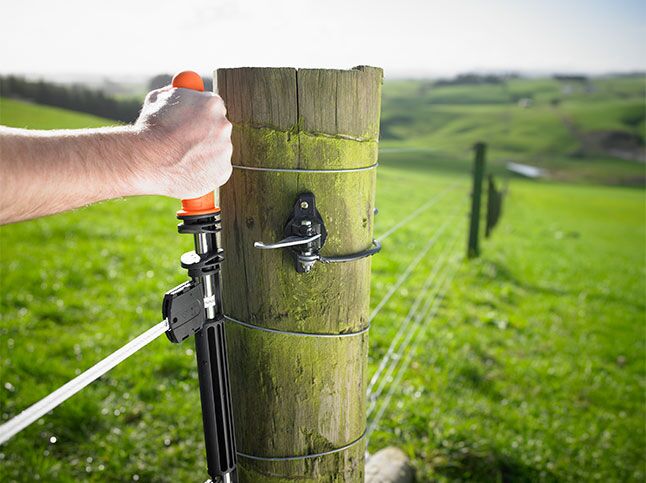
1. Livestock Management: Electric fencing is instrumental in the effective management of livestock. It provides a flexible method to create boundaries within pastures, facilitating rotational grazing and better pasture management.
2. Protection from Predators: For farms located in areas prone to wildlife intrusion, electric fences serve as a robust barrier to protect livestock from predators. The mild electric shock is usually enough to deter animals such as foxes or wolves.
3. Cost-Effective Boundary Setting: In agricultural settings, fencing large areas can be prohibitively expensive. Electric fences offer a more economical solution. Their ease of installation and relocation makes them ideal for expansive farmlands.
4. Durability and Low Maintenance: Electric fences are less susceptible to damage from environmental factors such as wind or falling branches. Their resilience translates into lower maintenance costs and a longer lifespan compared to traditional fencing.
Integration with Technology
The integration of electric fences with technology enhances their functionality. Features such as remote monitoring, solar-powered options, and automated alerts to breaches significantly improve the efficiency and effectiveness of these fencing systems.
Insights on Electric Fencing in Agriculture
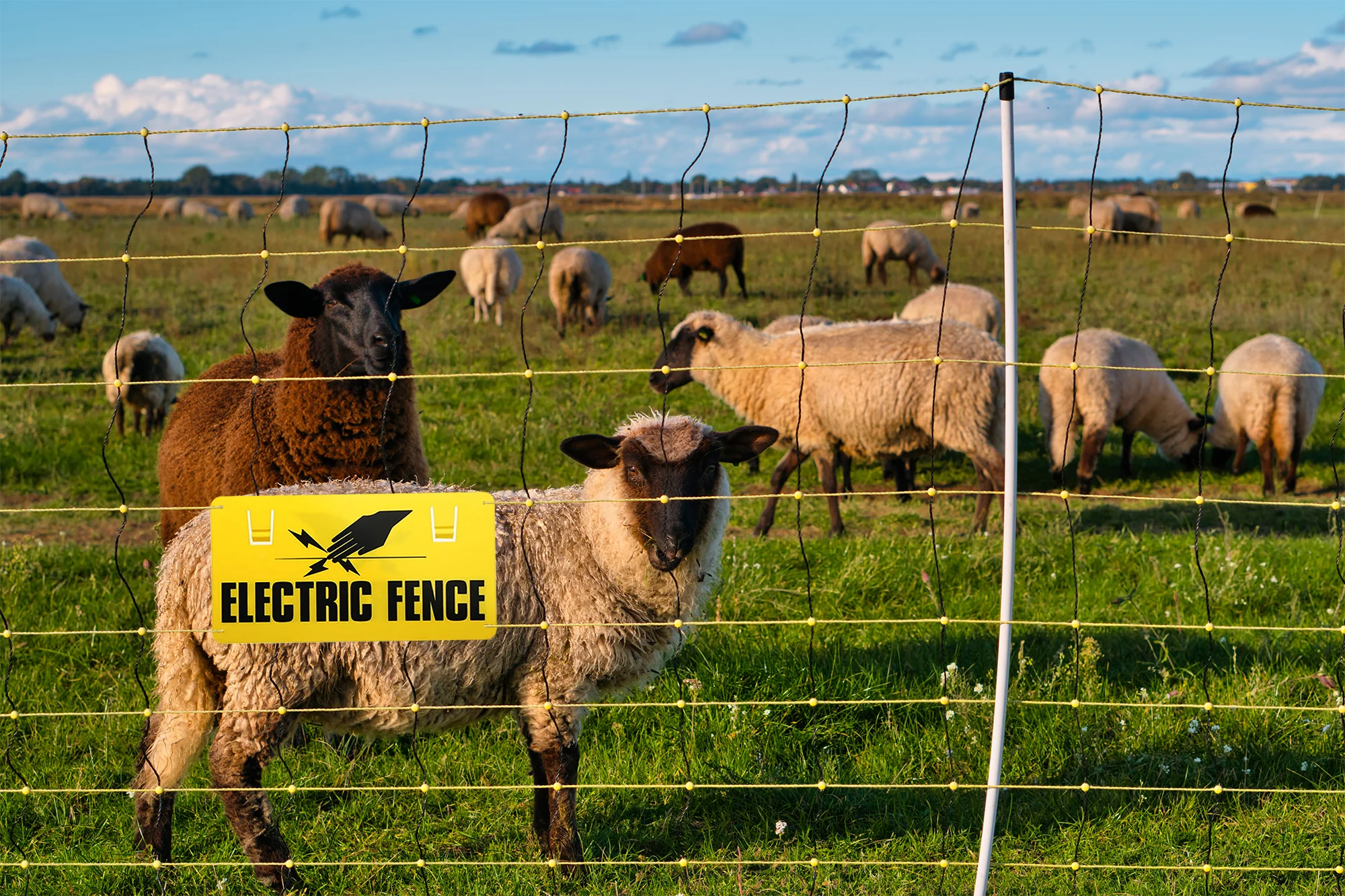
1. Revolutionizing Livestock Management: As a farmer, I’ve witnessed firsthand how electric fencing has transformed the way we manage livestock. The flexibility it offers in creating and modifying pastures is unparalleled. This adaptability is crucial for rotational grazing, a practice that has proven benefits for both soil health and livestock nutrition. Electric fences allow for quick adjustments to grazing areas, ensuring optimal pasture utilization without overgrazing.
2. Cost-Effective and Labor-Saving: Traditional fencing methods are not only labour-intensive but also incur significant costs, especially for large farms. Electric fencing, in contrast, is a game-changer in terms of both installation and maintenance. The reduced physical and financial burden allows us, as farmers, to allocate resources more efficiently elsewhere on the farm.
3. Enhanced Protection Against Predators: In rural farming areas, the threat from wildlife is a constant concern. Electric fencing provides a reliable solution to this problem. The psychological barrier it creates is often enough to deter predators, thereby safeguarding our livestock. This peace of mind is invaluable, especially in regions where predator encounters are frequent.
4. Sustainability Aspect: As stewards of the land, farmers have a responsibility to adopt sustainable practices. Electric fences, especially those powered by renewable energy sources like solar panels, align with this ethos. They have a minimal environmental footprint while ensuring the efficient use of land resources.
5. Animal Welfare Considerations: There’s a common misconception that electric fences are harmful to livestock. When used correctly, they are a humane method of containment. The shock delivered is mild and serves more as a psychological barrier than a physical one. It’s a way of training animals about boundaries without causing harm.
Challenges and Ethical Considerations
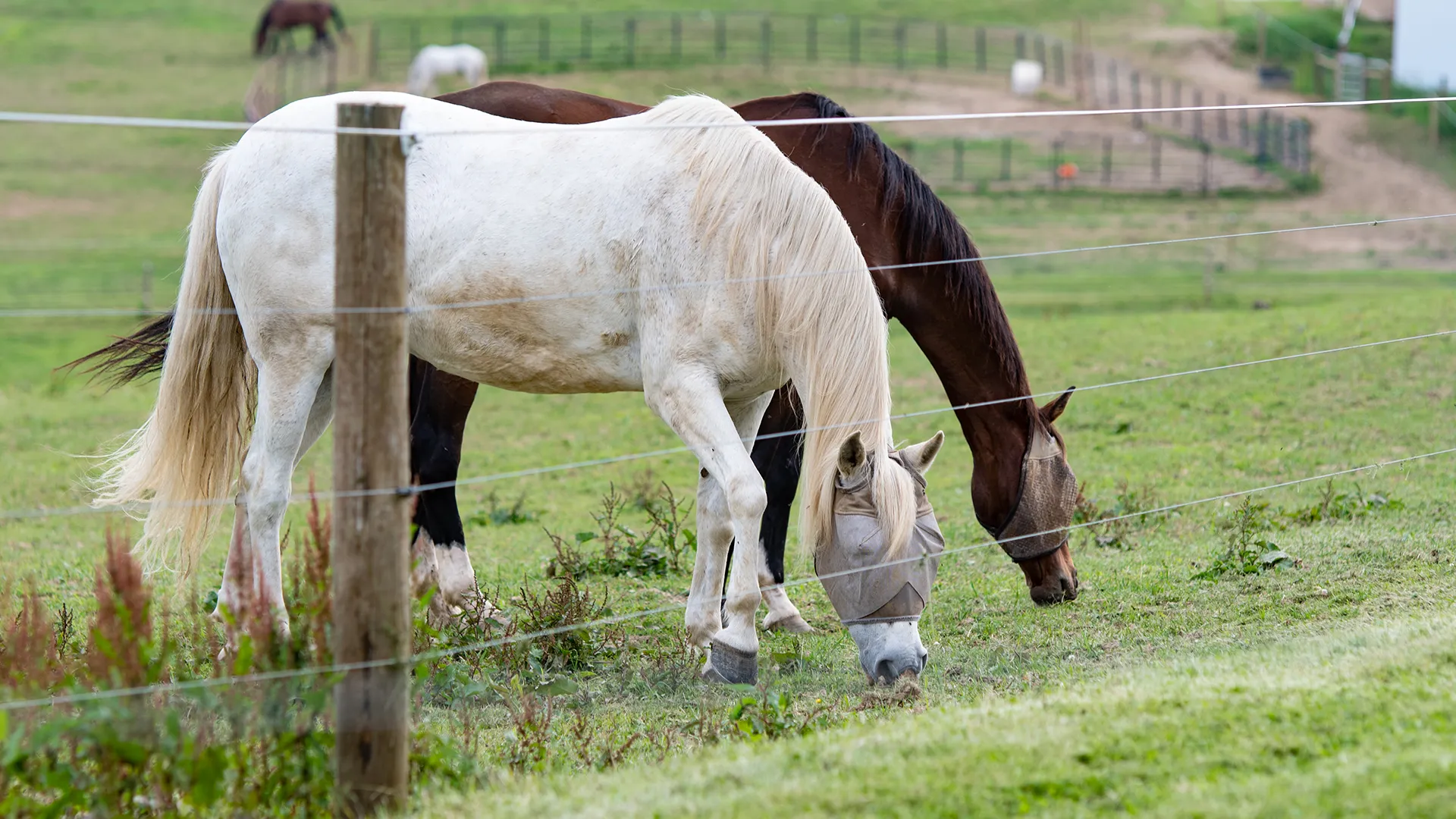
Despite the benefits, it’s important to acknowledge the challenges associated with electric fencing.
Ensuring that the voltage is kept at a safe level to prevent harm to both livestock and wildlife is paramount. Regular maintenance is crucial to avoid any malfunctions that could lead to unintended consequences.
As a farmer, I view electric fencing as a vital tool in modern agricultural practices. It offers a blend of efficiency, cost-effectiveness, and environmental sustainability that is hard to match with traditional fencing methods.
While it’s not without its challenges, the benefits it brings to both livestock management and farm security make it an indispensable part of contemporary farming.

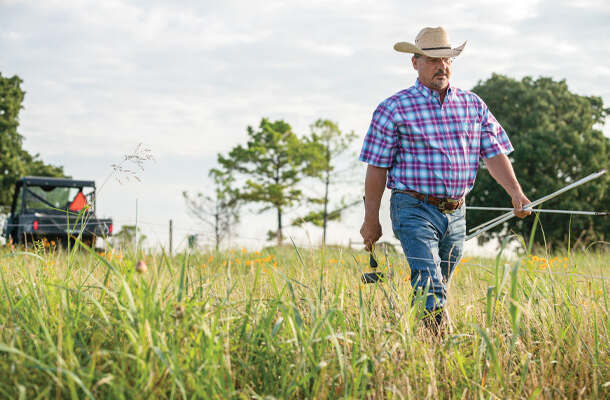





Comments